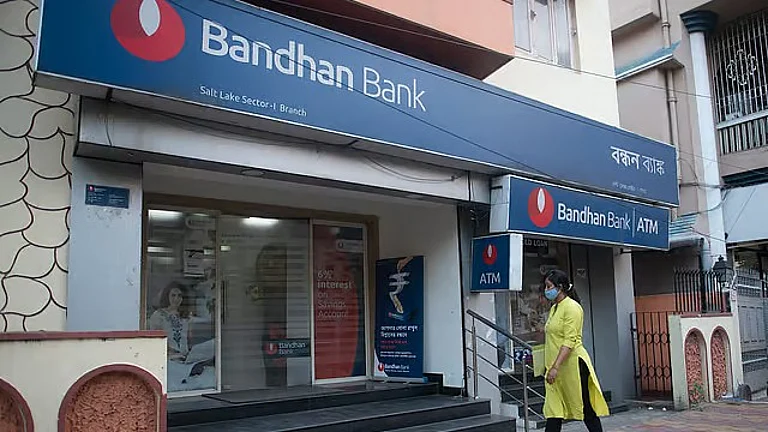“When an activity is near the all-skill side of the continuum, you can predict reasonably well. The main issue to consider is the rate at which skill changes… At the opposite side of the continuum, prediction is very difficult. In cases where there's a drop of skill in a sea of luck, you need a very large sample to detect the influence of skill.” – Michael J Mauboussin
Investing is a game of probabilities and uncertainties. It lies somewhere in the middle of the continuum of skill and luck. The outcomes are a combination of the process and luck. Unlike physics, the same set of inputs may give massively differing outcomes because of numerous variables or participants acting independently or collectively based on their world view. This makes predicting the outcome almost impossible. This uncertainty, though, is not an excuse for inaction.
The way out is to develop processes/strategies which will help navigate through this sea of uncertainty. One must position his portfolio in a way that it benefits from uncertain/unknown positive events and does not get hurt much from uncertain/unknown negative events. A portfolio built with this thought process should be able to outperform the averages over time. The idea, though simple, is not easy in practice due to inherent contrarianism. There are two broad mental frameworks which should be kept in mind while investing based on this idea.
- Building margin of safety by investing in resilient/antifragile business models, paying less than conservatively calculated intrinsic value, intelligent and ethical managements. This can be figured out through research and analysis.
- Investing in companies with above mentioned characteristics when they are undiscovered, cyclically beaten, unloved and/or out of favour. This is more of a behavioural aspect.
One example of such investment is Warren Buffett’s investment in American Express in mid-1960s when the stock was battered by the company’s infamous salad-oil scandal. Based on his analysis, Buffett arrived at a conclusion that the scandal will make a significant dent on the company’s balance sheet but will not bankrupt it. The core business of American Express that is credit card and traveller’s cheques was unaffected by the scandal, but the stock did not factor that in.
He invested about 40% of his partnership’s funds in this stock which went on to outperform the indices by a big margin. This investment was a defining moment for Buffett early in his career. By making this investment, he positioned himself for luck through his analysis and contrarian view. One such investment for us was Alkyl Amines.
Of course, one does not know ex-ante about how the investment will play out. We just can estimate odd and pay-outs and make investment with a favourable expected value. A portfolio constructed in such a manner should give index beating returns over a period.
Most of the times, pockets of inefficiencies exist in the market if one looks hard enough. Sometimes when inefficiencies do not fall in one’s circle of competence, it’s good to keep cash and wait for the right time.
Having said that, while the headline indices are hitting life highs, a lot of pockets of inefficiencies exist. One can find opportunities in small and midcaps across sectors like metals, secured lenders, capital goods, cement, chemicals, hospitality and textiles. With a portfolio of these investments, we believe, one can position themselves for luck over the next 3-5 years.
The author is the MD and Fund Manager at Equirus PMS.
DISCLAIMER: Views expressed are the author's own, and Outlook Money does not necessarily subscribe to them. Outlook Money shall not be responsible for any damage caused to any person/organisation directly or indirectly.


























